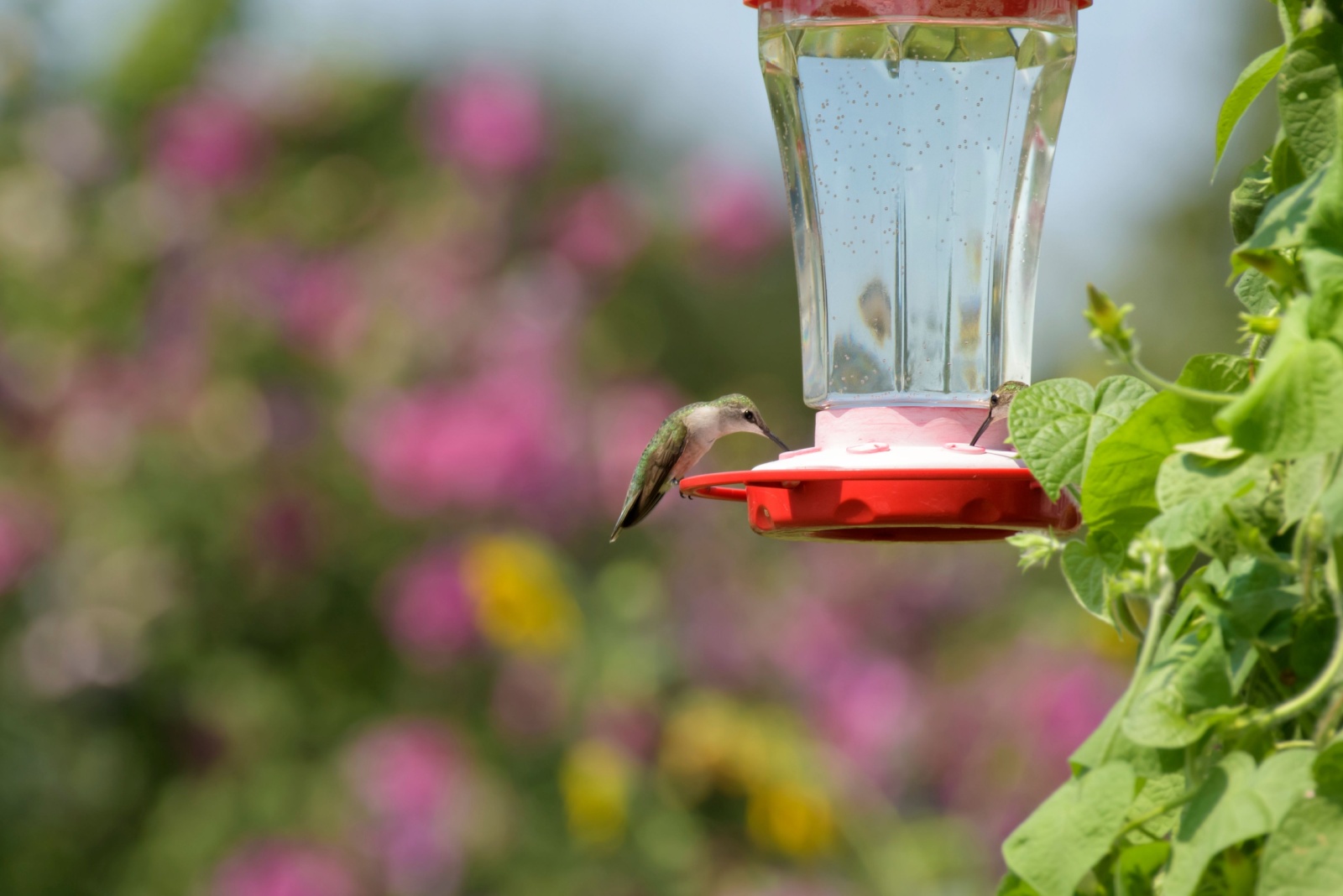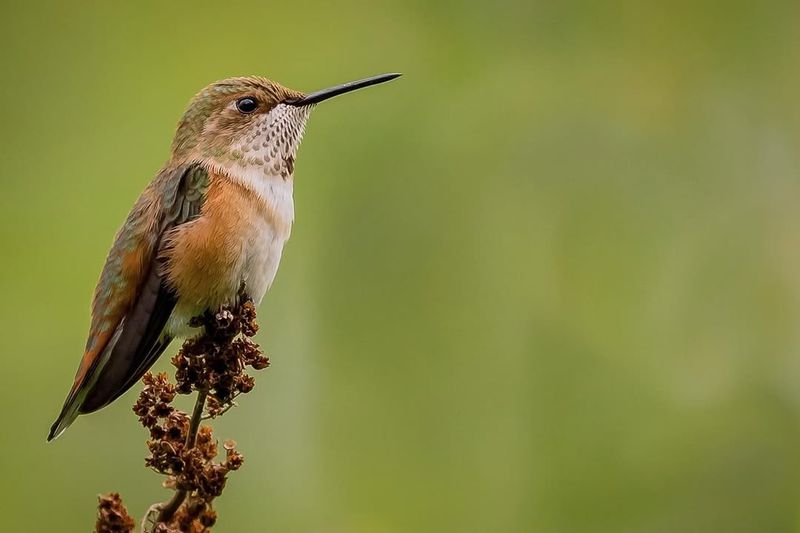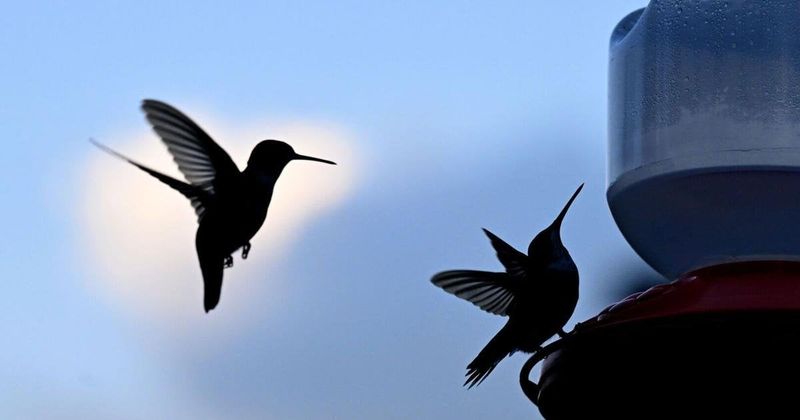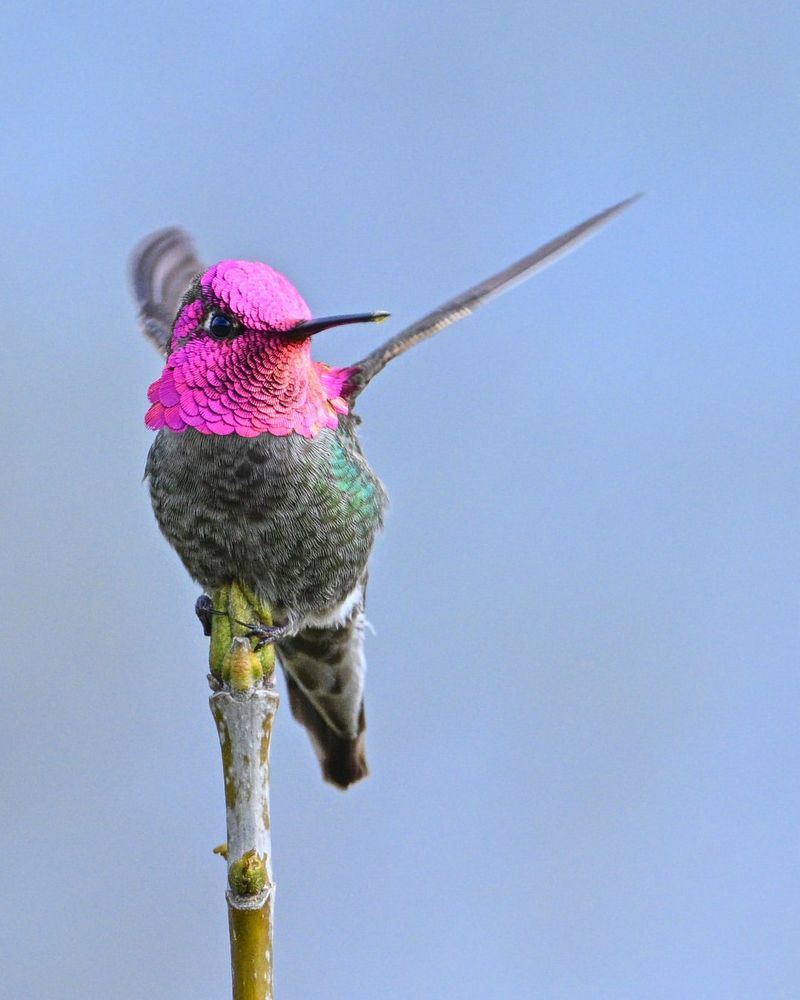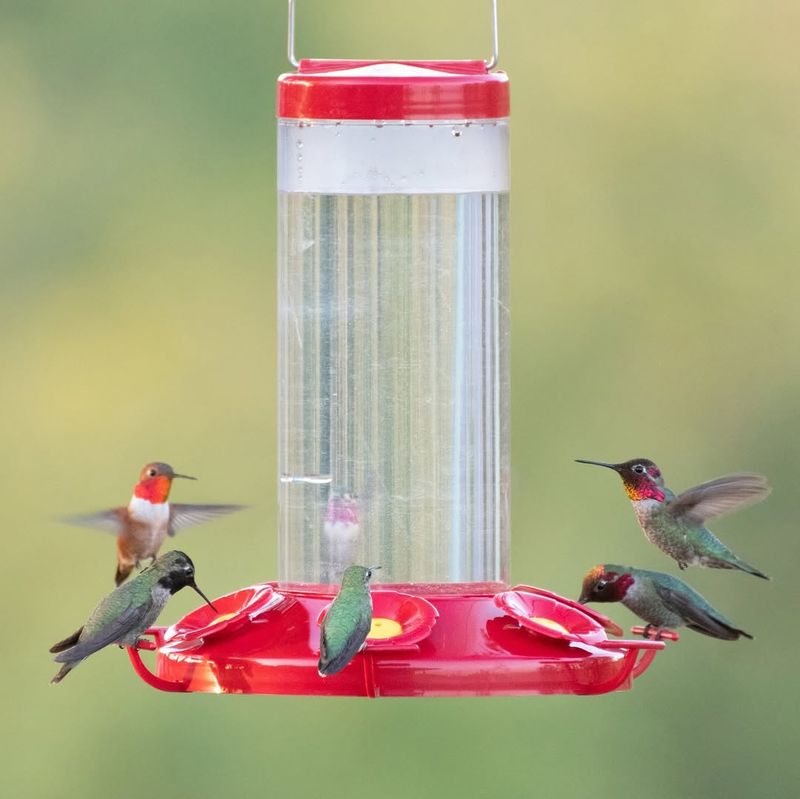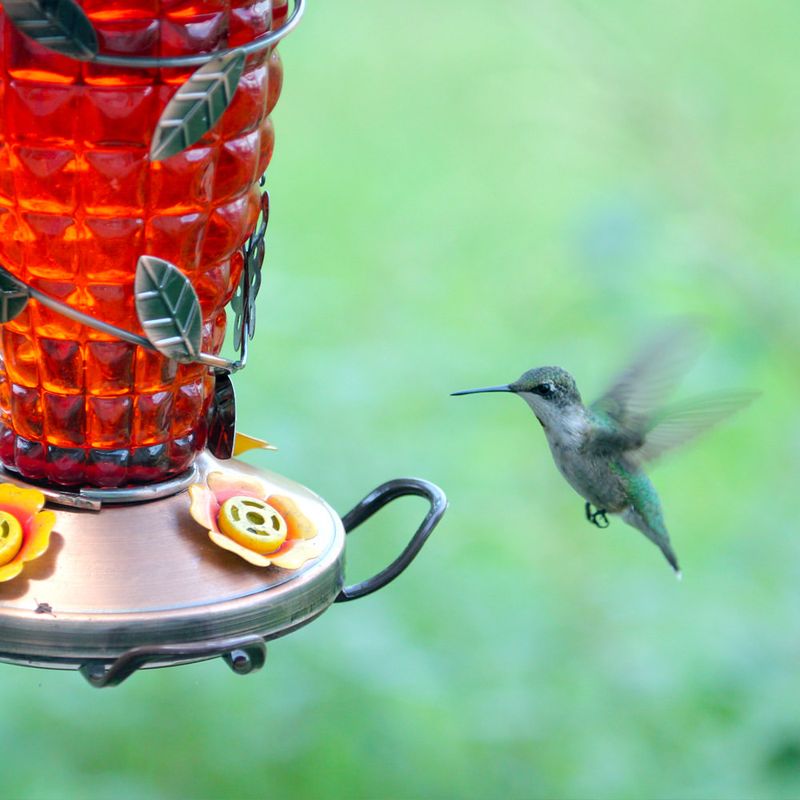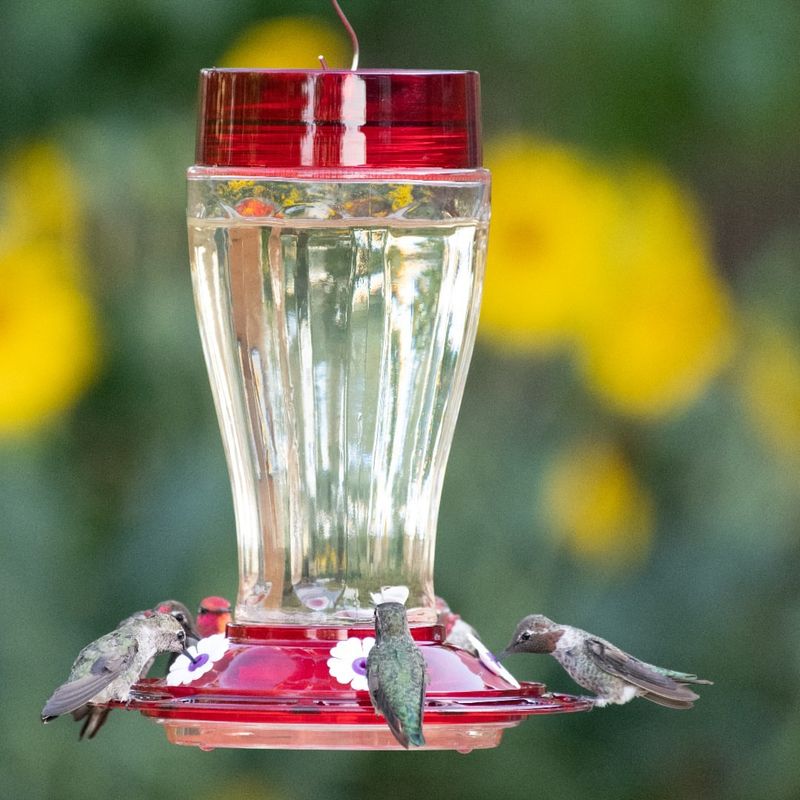In Washington, hummingbirds are a summertime delight—tiny, shimmering guests that seem to bring the garden to life. But when the air turns crisp and the flowers fade, it’s time to start thinking about putting those feeders away.
The trick is finding the right moment. Take them down too soon, and you’ll shortchange the stragglers still passing through. Wait too long, and you might keep the locals lingering past their comfort zone. The right timing helps everyone get where they’re going safely.
1. Migration Patterns Vary Across Washington
Not all hummingbirds leave Washington at the same time, and where you live in the state makes a big difference. Rufous hummingbirds, the most common species here, typically start their southern journey in July and August. However, stragglers and late migrants often pass through well into October and even November.
Western Washington tends to see birds lingering longer than eastern regions due to milder coastal weather. Keeping your feeders up through late fall helps these travelers fuel up for their long trip south to Mexico.
2. Late Migrants Need Your Help
Some hummingbirds are fashionably late to the migration party, and they desperately need energy-rich nectar to survive. Young birds hatched later in the season or adults recovering from nesting often travel behind the main group. Your feeder might be their only reliable food source as natural flowers fade away.
Leaving feeders out doesn’t trick birds into staying too long—that’s actually a myth! Their instinct to migrate is triggered by changing daylight, not food availability, so you’re only helping them succeed.
3. Anna’s Hummingbirds Are Year-Round Residents
Here’s a surprise: not every hummingbird in Washington flies south for winter! Anna’s hummingbirds have become permanent residents in many areas, especially around Puget Sound and other coastal regions. Males sport flashy pink throats and can survive surprisingly cold temperatures.
If you spot hummingbirds visiting your yard during winter months, they’re likely Anna’s looking for food when insects and flowers are scarce. Keeping at least one feeder available year-round provides crucial support for these tough little birds.
4. Wait Two Weeks After Your Last Sighting
A good rule of thumb is watching and waiting after you notice fewer visitors at your feeder. Once you haven’t seen any hummingbirds for about two weeks straight, it’s generally safe to take down your feeders for the season. This waiting period ensures you’re not removing food sources while late migrants are still passing through your area.
Mark your calendar when you spot your last hummingbird to track the pattern. Many Washington residents find that mid-to-late October is their sweet spot for feeder removal.
5. Cold Weather Requires Extra Maintenance
Freezing Washington temperatures create challenges for maintaining feeders during late fall and winter months. Nectar turns into sugary ice overnight, making it useless to hungry birds who need liquid fuel. Bringing your feeder inside each night and putting it back out at dawn prevents freezing and keeps the solution fresh.
Some dedicated hummingbird fans use feeder warmers or insulated covers to prevent freezing. Rotating between two feeders—one inside thawing while one hangs outside—also works brilliantly for maintaining constant food availability during cold snaps.
6. Local Birding Groups Offer Guidance
Connecting with fellow bird enthusiasts in your Washington community provides valuable insights about local hummingbird activity and timing. Organizations like the Audubon Society and local nature centers track migration patterns and can tell you what’s happening in your specific area. They often maintain online forums or social media groups where members share sightings.
Reporting your own observations helps scientists understand how climate change affects migration timing. Plus, you’ll learn tricks from experienced birders about feeder placement, nectar recipes, and attracting more species to your yard throughout the seasons.

